Sanibel Island Fishing Charters: Permit, Catch & Release!
Current Red Tide & Water Quality Update Here (Page Down For Detail On Sampling & Location Table).
Captiva Fishing: Please Click For Rates & To Book A Captiva Fishing Charter Or Call 239-472-8658.
Live Weather Cams Here.

Captiva Fishing, Permit, February 16, 2019
Please Click To Rent Homes Direct From Captiva Homeowners; No VRBO Booking Fees.

Captiva Fishing Guide Report: Saturday, February 16: Permit, Catch & Release, Captain Joe’s Charters – the weather is warming up, red tide is gone and a lot of good fish have moved back into the gulf, bay and passes; water is much, much better – redfish, sheepshead, black drum, snapper, snook, and seatrout are currently present.
Redfish & snook are regulated as catch & release at this time.
Already seeing some positive impact. Some very nice big redfish and snook around, more big redfish than snook.
The Caloosahatchee freshwater releases are also not an issue right now, but still a huge long-term problem.
Extremely frustrating. We need wholesale changes in the Florida state government. It is not a Republican or Democrat issue – it is a Big Sugar control everyone issue. It is stunning how we continue to let the sugar industry and the agriculture north of Lake Okeechobee to damage the water and all of Florida.
Please click here to Book A Charter or call 239-472-8658.
We’re located in Castaways Marina, Santiva, Sanibel Island, just before the Blind Pass bridge to Captiva Island.
Turner Beach, the beach adjoining Blind Pass, is frequently covered with a bounty of shells from Olives to Fighting Whelks to the more common Conchs.
The fishing is also renowned for sharks in the summer, tailing redfish on the bayside flats and snook under and off the Blind Pass bridge. Because Turner Beach faces Westward, the sunsets are spectacular and a popular viewing point for residents and visitors alike.

“The permit (Trachinotus falcatus) is a game fish of the western Atlantic Ocean belonging to the family Carangidae. Adults feed on crabs, shrimp, and smaller fish.
The permit’s genus name, Trachinotus comes from a fusion of the Greek words trachys (τραχύς), which means “rough”, and noton(νῶτον), meaning “back”.[3] The species name for the permit, falcatus, is a Latin adjective, which roughly means “armed with scythes“. This serves as a reference to the permit’s dorsal fin that occasionally protrudes from the water when schools of permit feed near the surface.[2]
Permits can be distinguished by their elongated dorsal fins and anal fin.[2] The dorsal fin is shaped like a scythe. Permit tails are also deeply forked, and their bodies are compressed laterally, making the fish tall and thin when viewed from the front. [2]
The average permit has six to seven dorsal spines, and 18 to 20 one soft rays. The anal fin has two to three spines, and 16 to 18 soft rays.[4] Both dorsal and anal fins have dark, anterior lobes.[5] Permits have no scutes and have a large, orange-yellow patch on their abdomens in front of their anal fins, while their pectoral fins are dark.[6]

The permit fish can reach a maximum length of 48 in (122 cm) and can weigh up to 79 lb (36 kg), according to the Florida Museum of Natural History.
Permit are usually found in shallow, tropical waters such as mudflats, channels, and muddy bottoms.[2][4] Although permit are found close to shore and even in some brackishareas, they spawn offshore.[5] Young are found usually in the surf zone where plenty of small invertebrates are available for them to eat.
Permit are found in the western Atlantic Ocean from Massachusetts to Brazil, including most of the Caribbean islands.[4] For source & more Information, please see Permit.
“Appearance
- Gray, dark or iridescent blue back, shading to silver sides
- Fish from dark waters have golden tints on belly
- Dorsal fin begins over anal fin
- Dorsal, anal and caudal fins long and sloped back
- Forehead sharply rises to a “hump” then slopes back
- Compressed body that is deeper than Florida pompano
- Caudal fin has a narrow fork
- Small permit have teeth on their tongue (absent in pompano)
Similar Species: Florida pompano, T. carolinus (dorsal fin begins in front of anal fin)
Size: Common to 50 pounds
Habitat
Offshore near structure; inshore over grass flats, sand and in channels.
Behavior
Spawning occurs primarily in early summer and again in fall.
Permit have a specialized plate at the back of their mouth that helps them crush hard-shelled animals such as clams and crabs. Feeds on small fishes and invertebrates.
Additional Information
State Record: 56 lb 2 oz, caught near Ft. Lauderdale
Fishing Tips and Facts: Anglers cast live crabs to schools of permit hoping to catch one of these line-stripping fish, which also take shrimp, clams and occasionally small fish.
For source & more Information, please see FWC.

And you can like us on Facebook.
Fair winds and following seas!
Captain Joey Burnsed, Sanibel Island Fishing Charters, ~ please click calendar or call 239-472-8658 to book a Sanibel & Captiva Islands, Boca Grande or Fort Myers fishing guide trip or shelling charter.
![Hogfish or Hog Snapper, Sanibel Fishing & Captiva Fishing, Sanibel Island, Sunday, December 10, 2017, [File Photo - Wednesday, February 8, 2017].](https://captivafishing.net/wp-content/uploads/wordpress-popular-posts/13104-featured-360x260.jpg)

![Hogfish or Hog Snapper, Sanibel Fishing & Captiva Fishing, Sanibel Island, Sunday, December 10, 2017, [File Photo - Wednesday, February 8, 2017].](https://captivafishing.net/wp-content/uploads/wordpress-popular-posts/11558-featured-360x260.jpg)

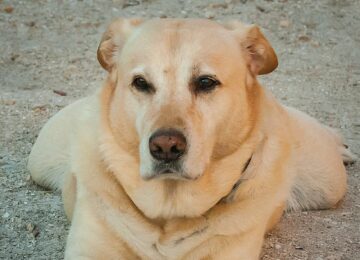



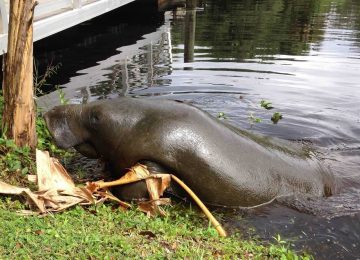

![Goliath grouper, Sanibel & Captiva Islands & Fort Myers Charters & Fishing Guide Service, Thursday, November 2, 2017, [August 16, 2012].](https://captivafishing.net/wp-content/uploads/wordpress-popular-posts/11711-featured-360x260.jpg)
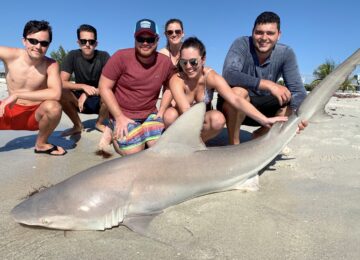
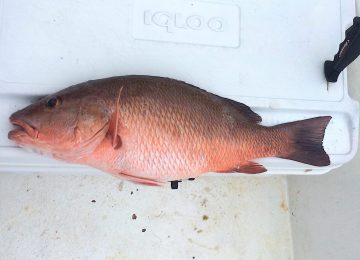

![Hogfish or Hog Snapper, Sanibel Fishing & Captiva Fishing, Sanibel Island, Sunday, December 10, 2017, [File Photo - Wednesday, February 8, 2017].](https://captivafishing.net/wp-content/uploads/wordpress-popular-posts/11143-featured-360x260.jpg)
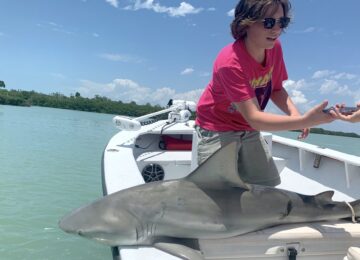

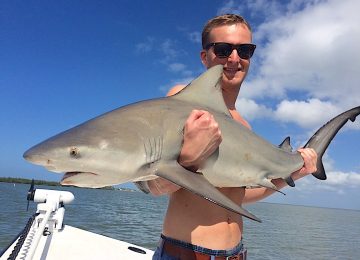
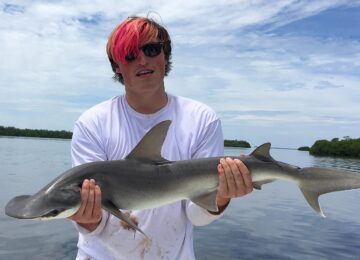
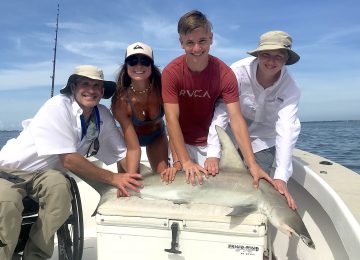
![Schoolmaster Snapper, Sanibel Fishing & Captiva Fishing, Sanibel Island, Thursday, January 11, 2018, [File Photo - Thursday, December 28, 2017].](https://captivafishing.net/wp-content/uploads/wordpress-popular-posts/13203-featured-360x260.jpg)
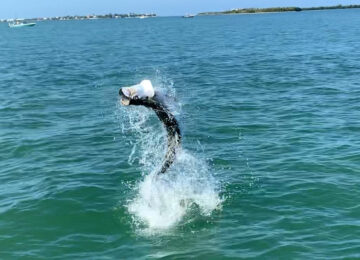
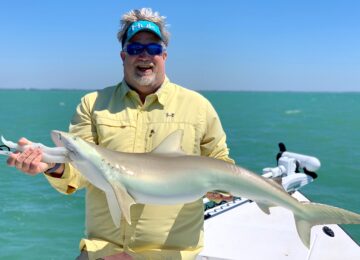
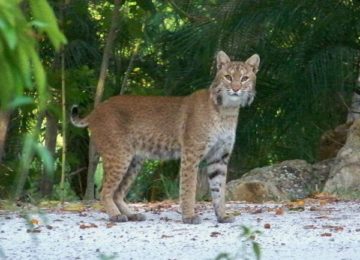
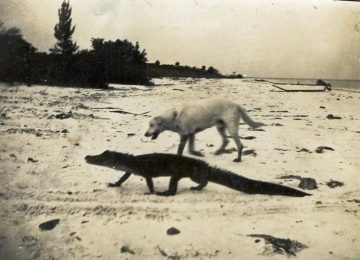
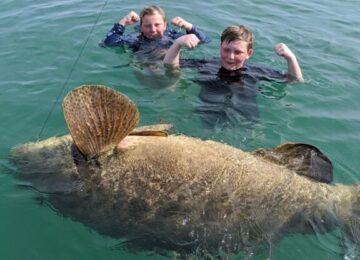
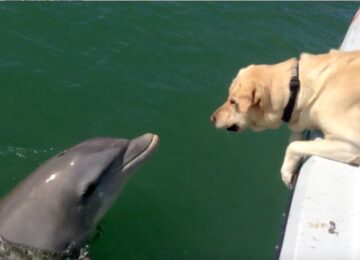















You must be logged in to post a comment.